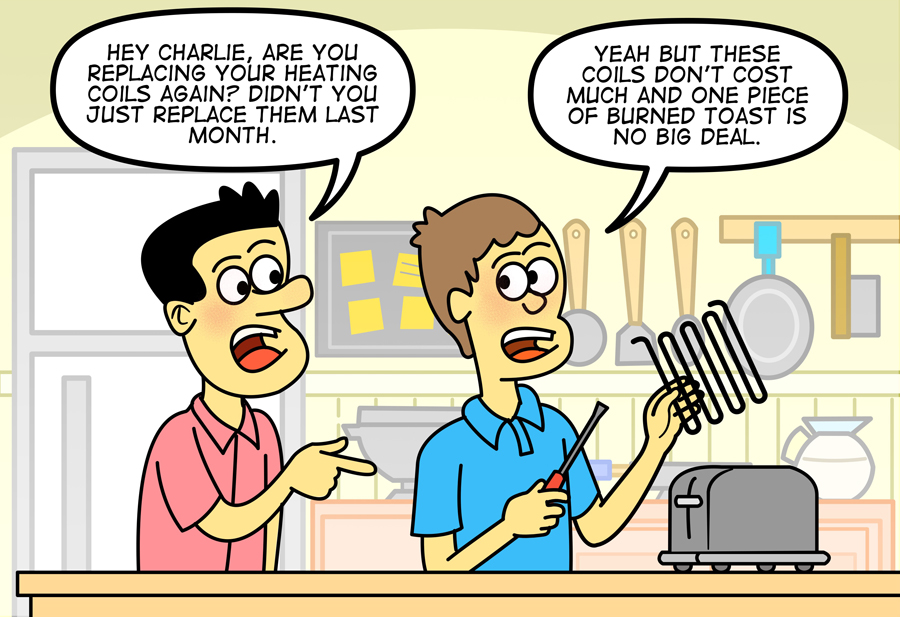Risk Analysis Back End – Part 1
In previous Device Tips, I discussed that Risk Analysis V&V takes place at three stages in the product lifecycle:
- during design and development (design risk mitigation)
- during design transfer and manufacturing (process risk mitigation)
- after production (design and process risk mitigations)
Continuing on this topic, in this tip I want to address another dimension of the 3rd stage of the product lifecycle – after production (post-production). This is the 2nd of (2) parts of post-production: Installation & Service.
So here’s the tip:
Collect and analyze data from Installation & Service to confirm or disconfirm Risk Analysis.
If your product is the kind that gets installed, the FDA QSR says your company needs to “establish and maintain adequate installation and inspection instructions, and where appropriate test procedures”.

This means someone is going to inspect and if appropriate test the product prior to, during or after installation. Sounds like a good source of data on product quality, as well as the effectiveness of product packaging for protecting the product during storage and transport.
Further, if your product is the kind that gets serviced, the FDA QSR says your company needs to “establish and maintain instructions and procedures for performing and verifying that the servicing meets the specified requirements”.
This means someone is not only performing the servicing but also verifying that the servicing meets the specified requirements afterward. Sounds like another good source of data on product quality especially relating to reliability.
Servicing would cover both maintenance (nothing has broken) or repair (something has broken).
So after you’ve starting shipping your product, collect and analyze Installation & Service data to confirm estimates of probability made during risk analyses, and identify any previously overlooked risks. This especially relates to risks resulting from wear, and risks resulting from failure of various elements of the device (FMEA).
More Info
The reality of some Medical Devices is that they don’t have a very good 1st-pass yield at final test. Devices that fail the 1st time are usually “repaired” or “adjusted” and re-tested. In some cases, if the device then passes final test the 2nd time, the device is released for distribution.
In these cases, data from Installation can give invaluable insight about the true stability of the device. The bottom line is that anything less than 100% yield at Installation is not good. If your device has less than 100% yield at Installation, it’s a good idea to collect and analyze the causes of failures at installation to confirm estimates of probability made during risk analyses, and identify any previously overlooked risks.
If a device is Serviced, it usually means that Servicing (both maintenance (nothing has broken) or repair (something has broken)) will continue throughout the entire product lifecycle. So a high percentage of the estimates for probability of occurrence of Failure Modes can be either confirmed or dis-confirmed based on actual Servicing data. An added bonus of this is that unlike Highly Accelerated Life Testing (HALT) to predict Mean Time Before Failure (MTBF) of device elements, real world Servicing data includes not only the intrinsic failure of components and modules, but also includes actual use of the device. And the super bonus of using Servicing data is that the data is usually already there and available, it just needs to be analyzed.
Companies that combine Installation and Servicing data with other post-production data, put themselves ahead of the pack for constantly identifying opportunities for improvement in their product.
